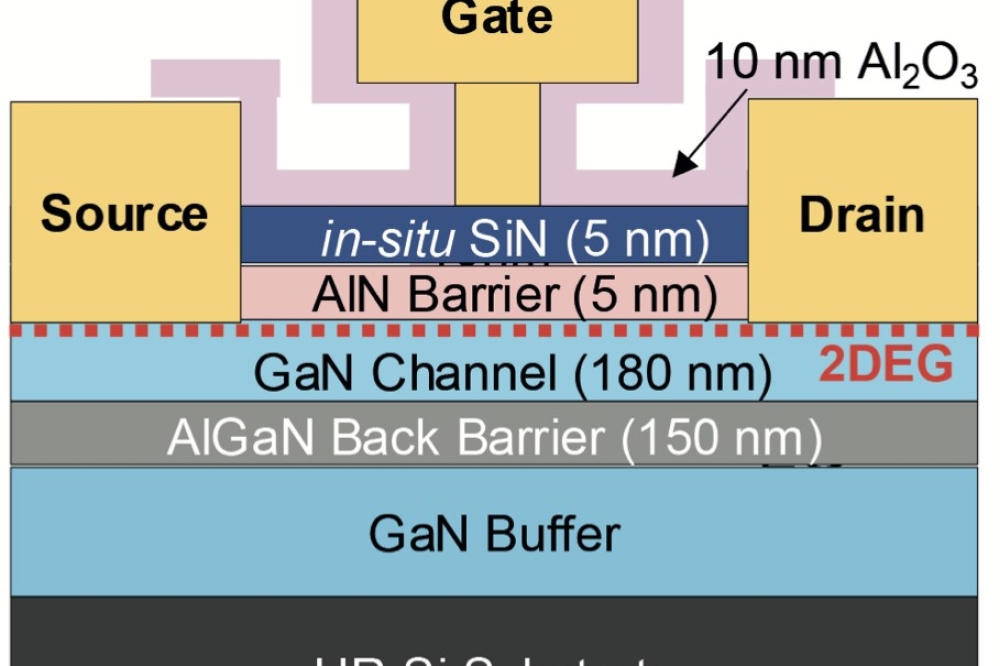Berkeley Lab chemically assembles 2D transistors
![]()
Above: Graphene is etched into channels and MoS2 begins to nucleate around the edges and within the channel. On the edges, MoS2 slightly overlaps on top of the graphene. Finally, further growth results in MoS2 completely filling the channels
Scientists with the US Department of Energy's Lawrence Berkeley National Laboratory (Berkeley Lab) have developed a way to chemically assemble 2D transistors and circuits. The research was reported online July 11 in the journal Nature Nanotechnology.
They were able to control the synthesis of a transistor in which narrow channels were lithographically etched onto conducting graphene, and MoS2 was seeded in the blank channels. The two atomic sheets meet to form nanometer-scale junctions that enable graphene to efficiently inject current into the MoS2 to make atomically thin transistors.
"This is a big step toward a scalable and repeatable way to build atomically thin electronics or pack more computing power in a smaller area," says Xiang Zhang, a senior scientist in Berkeley Lab's Materials Sciences Division who led the study.
Other scientists who contributed to the research include Mervin Zhao, Yu Ye, Yang Xia, Hanyu Zhu, Siqi Wang, and Yuan Wang from UC Berkeley as well as Yimo Han and David Muller from Cornell University.
Their work is part of a new wave of research aimed at keeping pace with Moore's Law.
Optical and electron microscopy images, and spectroscopic mapping, confirmed various aspects related to the successful formation and functionality of the 2D transistors.
In addition, the scientists demonstrated the applicability of the structure by assembling it into the logic circuitry of an inverter. This further underscores the technology's ability to lay the foundation for a chemically assembled atomic computer, the scientists say.
"Both of these two-dimensional crystals have been synthesised in the wafer scale in a way that is compatible with current semiconductor manufacturing. By integrating our technique with other growth systems, it's possible that future computing can be done completely with atomically thin crystals," says Zhao.
The research was supported by the Office of Naval Research and the National Science

































